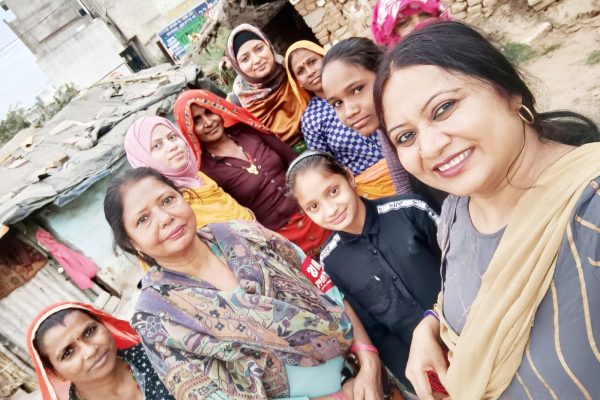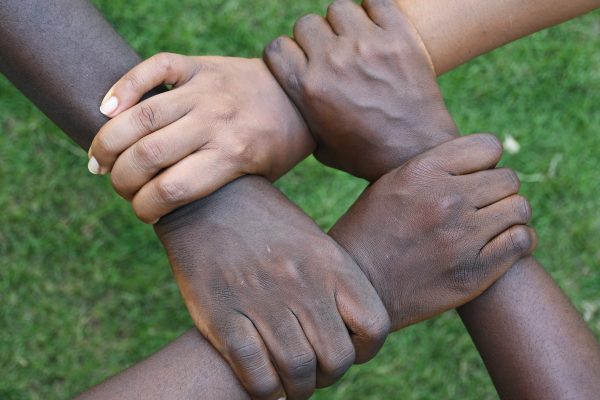As of last Monday, more than 1.5 billion people – approximately one-fifth of the global population – have been ordered to stay home in an effort to slow the spread of COVID-19. But what if you don’t have a home to isolate in?
As of last Monday, more than 1.5 billion people – approximately one-fifth of the global population – have been ordered to stay home in an effort to slow the spread of COVID-19. But what if you don’t have a home to isolate in?
For many, the virus has exacerbated pre-existing hardship. On any given night, upwards of 500,000 people experience homelessness in the United States. Shelters have found themselves increasingly unable to bed the influx of people and still abide by health guidelines. Those that took refuge in public spaces can no longer do so during the day. Restaurants, libraries, and public restrooms have closed their doors. Seemingly every suggested safety precaution poses great difficulty, from self-isolation to practicing proper hygiene.
This issue extends beyond those who are currently on the streets to those who may find themselves there in the coming weeks. An estimated 6.6 million Americans have applied for unemployment, the largest number in history. As businesses lock their doors, our workforce is left jobless and vulnerable during this difficult time.
A number of relief efforts are underway. A federal eviction moratorium has been issued for tenants of certain housing types as part of the CARES Act. In some states, like Texas and California, people are being housed in empty hotels. Existing encampments are being equipped with portable restrooms and hand wash stations. The most recent stimulus bill holds some promise. The package designates $4 billion for homelessness relief during the Coronavirus emergency. But according to the National Alliance to End Homelessness, the sum still falls short of current needs.
These are short-term solutions to a long-term crisis, one that is mirrored beyond U.S. borders. According to the U.N., an estimated 150 million people around the world are classified as homeless. An additional 1.6 billion lack adequate housing. In the U.K., unhoused people have a higher incidence of influenza, tuberculosis, and chronic illnesses. These comorbidities, prevalent in homeless populations everywhere, confer increased susceptibility to COVID-19. In India, homeless laborers line up in the streets daily for rice and peas served from volunteer vans. Here, the six-feet-apart guideline is scoffed at. For many around the world, hunger is a more immediate threat than infection.
This pandemic has uncovered severe structural issues, many of which are commanding our attention like never before.We are no longer blind to years of systematic dehumanization. We’ve all seen the troubling images of people sleeping within the painted lines of a parking lot in Las Vegas. Homelessness is a gaping hole in the structure of society. It creates new problems and only exacerbates existing ones. It perpetuates food insecurity, poor hygiene, stress, mental illness, and cycles of poverty.
Simply put, housing is healthcare. Affordable housing has the potential to be the most potent antidote to a whole host of social issues. COVID-19 teaches us that what we are doing now is not working for everyone. It calls upon us to transform the way we think about public health.




